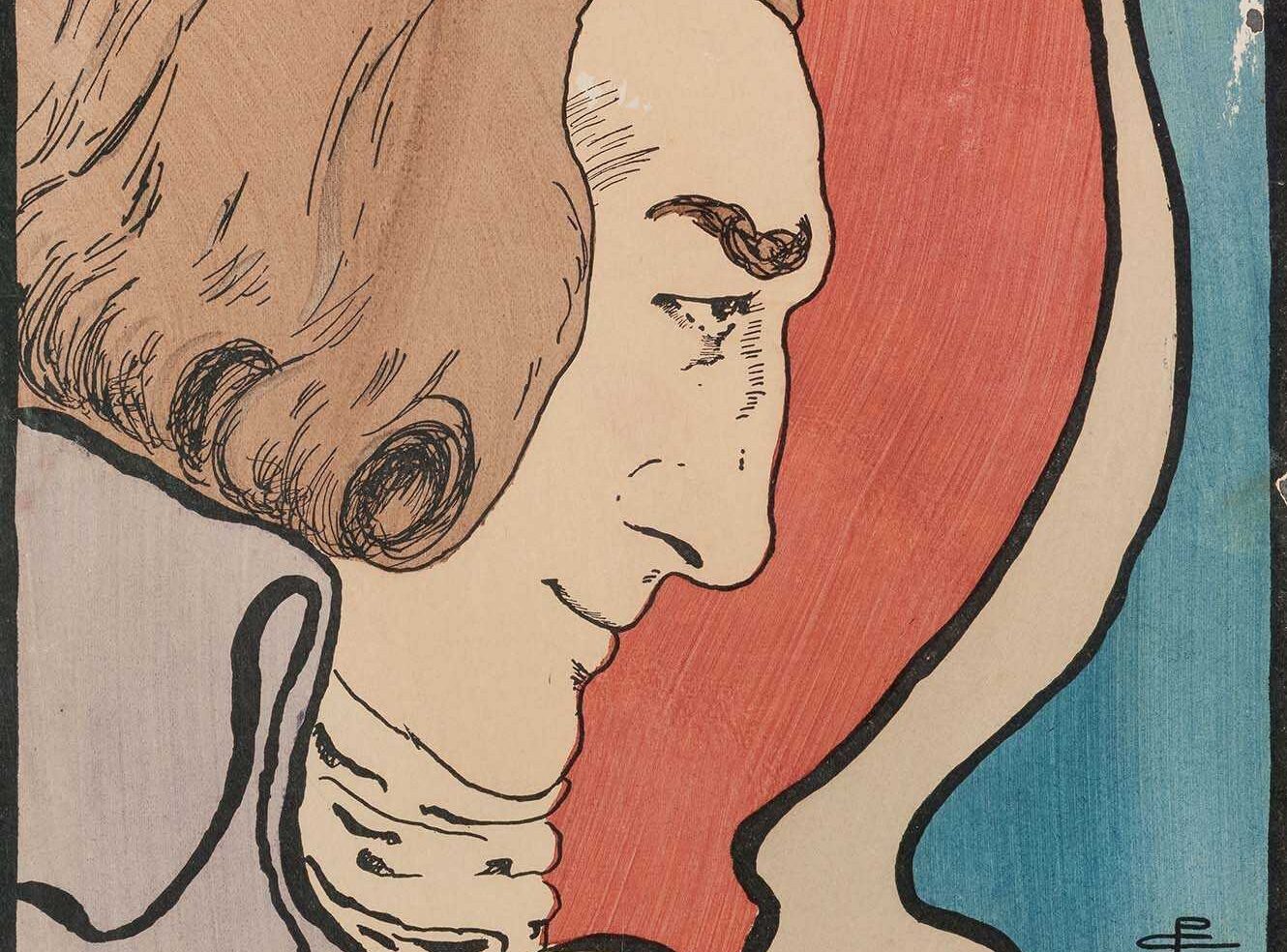Lá Fhéile Pádraig Sona Daoibh! (Happy St Patrick’s Day!)
Lá Fhéile Pádraig Sona Daoibh! Or for those not fluent in Gaelic (myself included), Happy St Patrick’s Day! Today is the day to honour Ireland’s patron saint; celebrated for converting the pagan Irish to Christianity in the 5th century. Traditionally, festivities include parades, special church services, wearing green clothing or a shamrock and celebrations of Irish music and culture. But, for some, the Irish national holiday has perhaps become too commercialised, associated more with drinking Guinness and generally having a good time.
St Patrick’s Day is not only celebrated in Ireland, with festivities commonly held across the world in places as diverse as Argentina, Switzerland, Russia, Asia and even on the International Space Station! The popularity of St Patrick’s Day can partly be accounted for by the migration of Irish people since the 17th Century, especially to Britain, Australia, New Zealand, Canada and the United States.
A perfect example of this can be found in ‘St. Patrick's Day: Its Celebration in New York and other American Places, 1737-1845; How the Anniversary was Observed by Representative Organizations, and the Toasts Proposed’, from the American Antiquarian Society archive, contained within our Migration to New Worlds collection. Written in 1902 by John Daniel Crimmins, the book charts the history of St. Patrick's Day as a festival and cultural celebration in the United States, in cities such as Boston, New York, Baltimore, Charleston and Washington D.C.
Although the coverage of the book starts at 1737, the writer acknowledges that smaller celebrations of the feast day were most likely happening prior to this date. The author explains that the book only addresses “the more prominent, notable and curious, not to say entertaining” celebrations. The book also provides us with an impressive list of established Irish organisations including, most prominently, ‘The Society of the Friendly Sons of St. Patrick’, along with details of festivities held by the American Army during the War of Independence (with extra grog rations being given to ‘drown the Shamrock’), as well as an account of soldiers parading through Philadelphia, with one riding on horseback to represent the Saint himself.
However, my favourite anecdote in this book is an extract from the “Rivington’s Royal Gazette”, dated 20th March 1779:

Image © American Antiquarian Society. Further reproduction prohibited without permission.
It seems that drunken shenanigans on St Patrick's Day aren’t necessarily a solely modern occurance after all!
From 1800 to 1980, Migration to New Worlds charts the movement of people throughout the ‘Century of Immigration’, through the First and Second World Wars and into the modern era. Late eighteenth-century documents also provide context on the early stages of migration.
Migration to New Worlds is available now. For more information, including free trial access and price enquiries, please email us at info@amdigital.co.uk
Full access restricted to authenticated academic institutions which have purchased a licence.
Recent posts

Foreign Office, Consulate and Legation Files, China: 1830-1939 contains a huge variety of material touching on life in China through the eyes of the British representatives stationed there. Nick Jackson, Senior Editor at AM, looks at an example from this wealth of content, one diplomat’s exploration of Chinese family relationships and how this narrative presented them to a British audience.

The Nineteenth Century Stage is a rich resource exploring the theatrical celebrities, artistry, and changing social roles of the era. It highlights Pamela Colman Smith, known for her Rider-Waite tarot illustrations and theatre work, whose influence shaped Victorian theatre. Despite being overlooked, her life and impact are vividly captured through striking art and intimate collections within this valuable resource.
